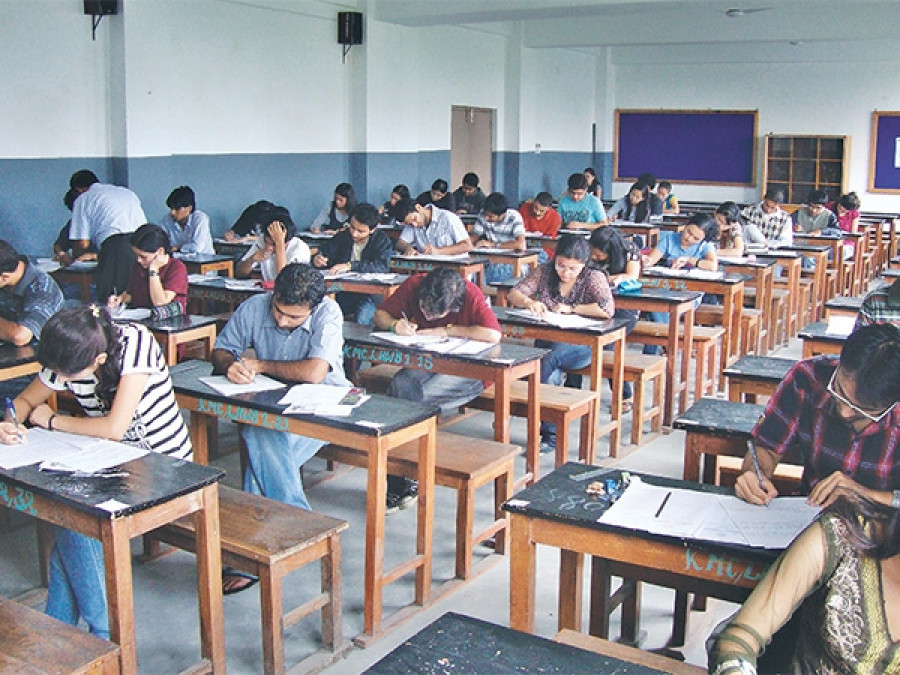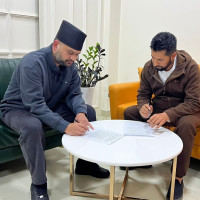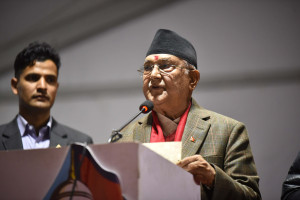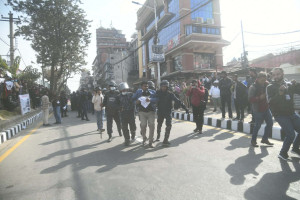Editorial
Education for all
The School Education Bill should be passed by capturing the spirit of the constitution.
The path to consensus on the School Education Bill is only getting murkier. While the bill has seen rounds of protests, negotiations and agreements, a conclusive decision remains elusive. More than one and a half years ago, teachers across the country protested over several points on the School Education Bill that was registered in the House of Representatives. After reaching an agreement, Nepal Teachers’ Federation, an elected umbrella body of teachers’ unions, called off its protests. However, the agreement was only symbolic, as time and again the government showed reluctance to endorse the bill in Parliament. Frustrated, teachers launched another round of protests, which they withdrew again by reaching a nine-point agreement with the government on April 30. Despite the parliamentary committee accelerating efforts to finalise the bill, differences remain.
On June 29, the chief whips of Congress and UML agreed with the teacher federation to ensure the bill’s endorsement by the lower House. Disagreements over the proposed amendments between the Education, Health and Information Committee and the Education Minister Raghuji Pant had already cast doubt on the timeline. Ultimately, the deadline came and went with no endorsement. After over a month of meetings, a panel led by UML lawmaker Chhabilal Bishwakarma under the education committee secured consensus on many of the bill’s disputed issues, as it resolved most of the 1,758 proposed amendments, except for regulating private schools and managing early childhood development. However, Pant sought revision of several of the agreed-upon provisions, further delaying the endorsement.
When the School Education Bill was registered, it was envisioned as a law modernising and regulating school education in accordance with Nepal’s constitution. The 2015 constitution embraced federalism by giving the local bodies autonomy, including the authority over school education. However, an outdated Education Act, created almost 50 years ago, still governs school education. Provisions in the bill were such that the responsibility to manage school education would be transferred to the local bodies. However, the House committee acceded to the unconstitutional demands of the education minister to revive district-level education offices and to teachers’ refusal to come under local government control. This represents a violation of the local level’s constitutional rights.
Further, the highly debated issue of private school regulation also seems to have been resolved for now. Private schools in Nepal have been acknowledged for their contribution to maintaining quality education; however, they have long faced criticism for prioritising profit through high tuition fees. While the ruling party lawmakers have largely supported the current operational model of these schools, dozens of opposition lawmakers registered proposals to turn them into trusts. According to Article 31(2) of the constitution, the state is responsible for compulsory basic and free secondary education for all; however, the resolution agreed that the government will encourage these schools to turn into trusts instead of mandating them to do so. The use of such vague terms undermine the commitment to inclusive quality education and appears to protect the interests of private school operators.
While the genuine demands of the teachers like medical treatment for teachers and school staff at the Civil Service Hospital in Kathmandu at subsidised rates and payment of accumulated leaves in a lump sum upon retirement, should be honoured, the government also cannot give in to their unconstitutional and unreasonable demands. Further, the House committee and the education minister must cooperate and reach a consensus that prioritises the welfare of all school students. The School Education Bill has dragged on long enough. In the larger national interest, it must soon be settled by capturing the constitutional spirit of affordable and quality school education for all.




 10.12°C Kathmandu
10.12°C Kathmandu












%20(1).jpg&w=300&height=200)

